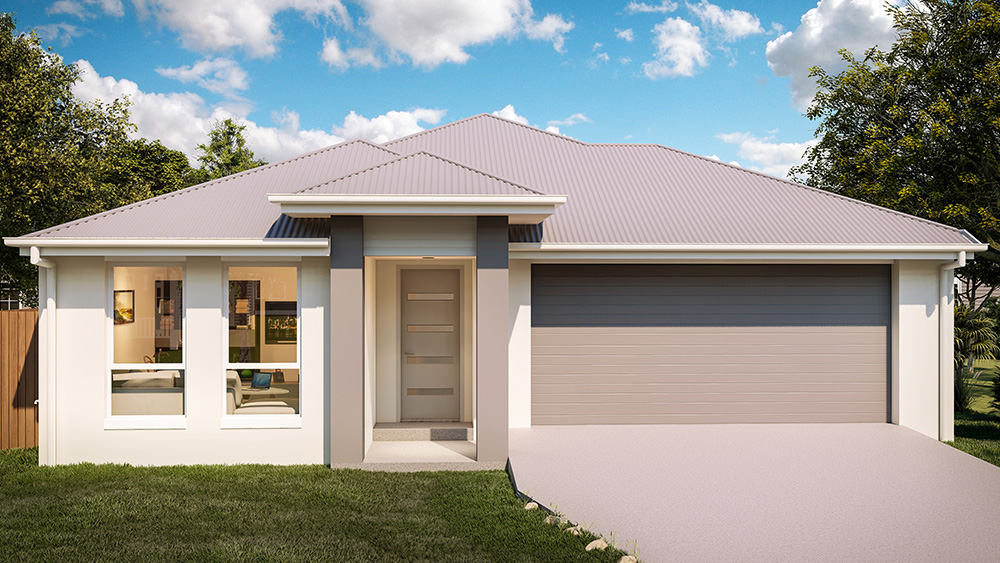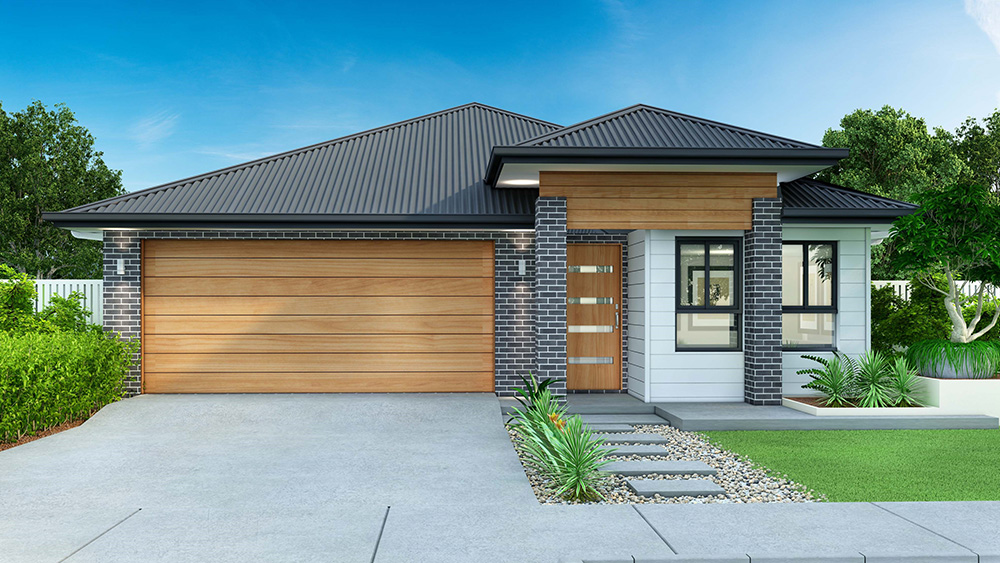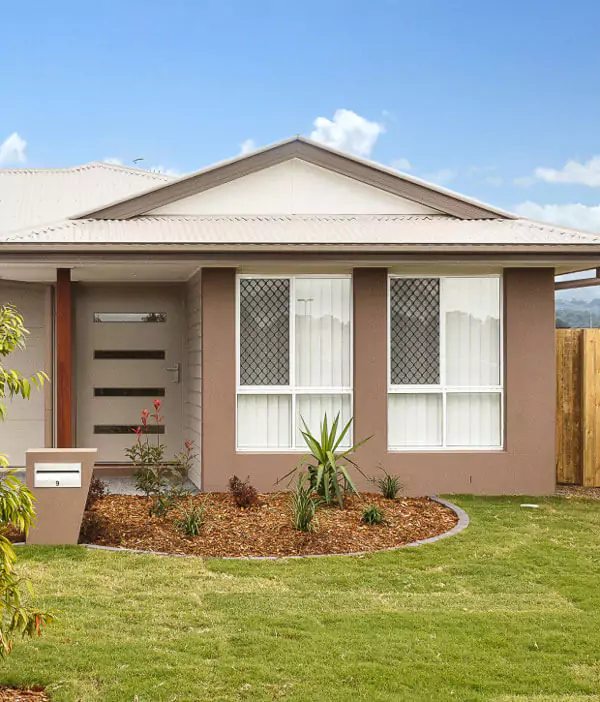If you’ve been looking into home loans and buying your own home, then you’ve probably come across the term Lenders Mortgage Insurance. Also known as LMI for short. But what is it, and how does it work? To help you out, No1 Property Guide founder and Director, Darren Walters, has created this guide to help you understand everything you need to know about LMI.
Whether you’re looking at one of our full turnkey no or low deposit house and land packages or an investment property, this guide has everything you need to know about lenders mortgage insurance.
What is Lenders Mortgage Insurance?
Simply put, LMI protects the lender (not you) in the event that you’re unable to make your loan repayments and default on the loan. If you default on your loan, the lender will generally take control and sell your home to recoup their costs. LMI ensures that they are able to cover any losses in the event your property does not sell for enough to pay off the loan amount.
LMI is usually applied to any loans where you borrow more than 80% of the value of the home. However, after the lender recoups their losses from the insurance provider, the provider can then chase you to make up the shortfall. On top of the LMI you already paid for!
Luckily, there are exceptions where you can borrow more than 80% without paying LMI. For instance, certain highly regarded professions, if you get a guarantor loan, or if you’re using some Government grants.
Talk to our finance specialists to find out your options.
Remember: LMI protects the lender and does not cover you. If you’re looking for insurance for yourself, ask us about Mortgage Protection Insurance or your lender’s equivalent product.
How Does LMI Work?
Lenders Mortgage Insurance is calculated as a percentage of your borrowed amount. The percentage will vary depending on your Loan to Value Ratio (LVR) and the cost of your home. If you default on your loan, the LMI provider will cover the shortfall between the price the bank sells your home for, and the figure owing on your loan.
Lenders Mortgage Insurance Cost
Lenders Mortgage Insurance costs vary depending on the lender as well as the purchase price of the property. Unfortunately, home buyers don’t get to choose between LMI providers. You will need to go with whoever your lender chooses.
Is LMI a One-off Payment?
Happy Homeowners!
LMI can generally be paid in 2 ways.
First, you can choose to pay your LMI upfront when your lender calculates it. Most banks and lenders will prefer this method.
Or you can choose to split the cost of the LMI up over the course of your mortgage loan term. Your lender will then add to your mortgage repayments. However, doing this will accrue interest and increase the amount of LMI you pay. But, if you can’t afford to pay the cost upfront this might be your only option.
Is It Better to Save or Pay LMI?
To know whether you should keep saving or pay LMI, you need to consider the costs of each. Saving the full 20% deposit means you won’t need to pay LMI at all. Which could be a $7,000-$20,000 saving. But, waiting to save could mean you miss out on that dream home and the capital growth of the property as you save.
That’s if you’re even able to save enough to make the 20% deposit in the first place!
Darren Walters, CEO and Founder of No1 Property Guide had this to say about waiting to save or taking the jump and buying your new home ASAP,
In my experience, when home buyers hold off buying their home to save on LMI costs, they end up paying more for the actual property itself. And they miss out on capital growth and building equity in their home. Property values tend to double every 10-15 years. So getting in ASAP and taking advantage of that capital growth is actually the best way to save money.”
So, unless you only need to save a relatively small amount to meet the lender’s criteria, it can actually be best to just take the plunge and get your own home. Even with LMI.
How to Avoid LMI?
While it may seem that paying LMI is unavoidable, there are actually a couple of ways to avoid paying LMI premiums. The most obvious one is by having the 20% deposit most lenders will ask for. But, outside of that, there are some other options as well.
One option to help you avoid paying LMI is a guarantor loan. The banks won’t charge LMI as they will have confidence that if you can’t make your repayments, your guarantor will. Parents are usually the go-to pick for a guarantor loan but talk to our New Home Specialists if you have another family member or friend who is willing to act as a guarantor for you.
Another option for avoiding LMI is the First Home Loan Deposit Scheme (FHLDS) or Family Home Guarantee. These are Government initiatives to help renters into the property market. There are limited spots available each financial year for both of these. So make sure you get in quick if you’re interested. However, both of these schemes have select criteria you’ll need to meet. For instance, the FHLDS is only for first home buyers, while the Family Home Guarantee is only available for single parent families.
You may like:
- What is a Good Credit Score for First-Home Buyers?
- First Home Owners Grant Increased to $30,000
- Self-Employed Mortgage Australia
At No1 Property Guide, Director Darren Walters is able to tailor your situation to meet the lender’s criteria and increase your chances for approval. This is only possible because of the unique no or low deposit new home system he created. This enables us to provide renters, who would be turned down by traditional banks or lenders, an opportunity to enter the property market ASAP.
Fill in our pre-qualification form to find out more about our no or low deposit new home system. Once we have some basic details our New Home Specialists will work out all your factual new home options. Then we’ll work to help get you into the market sooner.







Leave a Reply
You must be logged in to post a comment.